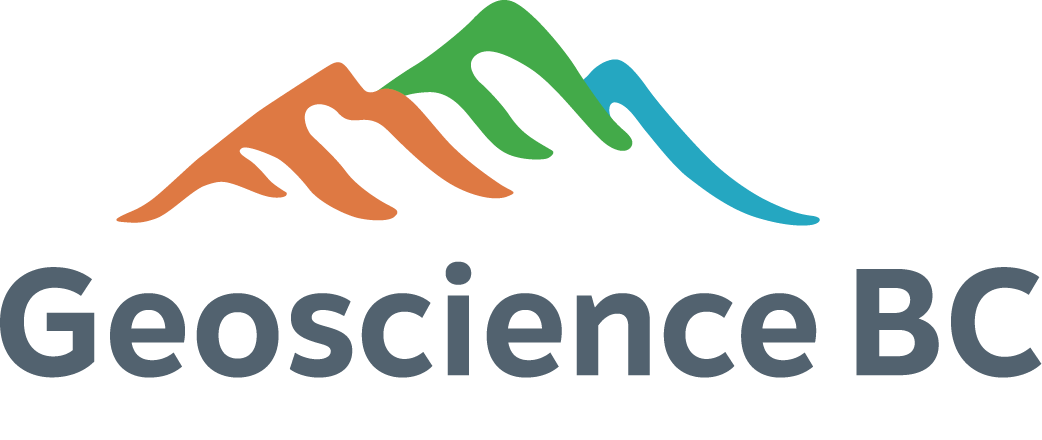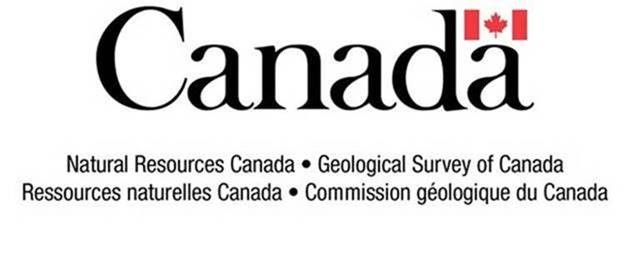Due to recent federal critical minerals initiatives, lithium has garnered significant interest in recent years for its applications in lithium-ion batteries deemed a necessary component to decarbonize energy infrastructure in the coming decades. Such resources are vital to the North American battery supply chain and present and opportunity to leverage existing oil and gas expertise and infrastructure for use developing a novel and increasingly important resource.
For this study, formation waters (subsurface brines) were sampled from existing natural gas and oil well infrastructure in NEBC to analyze for lithium concentration and other critical minerals. Prior to this study, lithium content in subsurface brines had only been publicly reported from a handful of wells within the public domain. This sparse dataset sparked the need to understand the lithium concentration through a range of geological formations to help better understand the conditions driving lithium-enrichment.
A total of 133 samples were obtained in NEBC through the sampling program; the observed lithium concentrations ranged from negligible up to 100 milligrams per litre (mg/L). Findings within the Montney Formation allowed the determination of an in situ lithium resource and suggested that extracting lithium from the brines in conjunction with fluids produced with natural gas development in this region could be economically viable.









